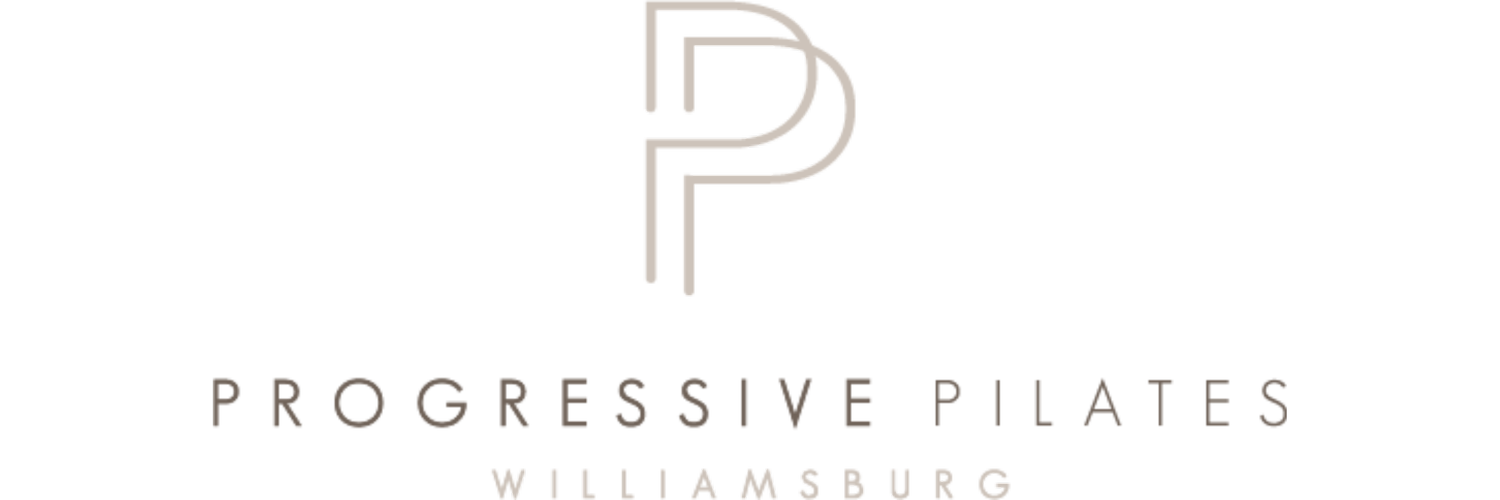Spring Into Change
Embrace transformation, speak your truth, activate your throat chakra.
Dear Community,
The promise of Spring brings with it a renewed commitment to growth, resilience, and determination. While some use the beginning of the year to set intentions and make resolutions I’ve found that the energy of Springtime offers a more stimulating and sustainable time for shedding things that are no longer serving us while embracing change on an embodied level as we naturally sync to the rhythms of life around us.
At the end of 2023 I was reflecting on my study of yoga and wrote on the ancient wisdom of the chakras —our subtle body’s inherent energetic intelligence— and how this system can offer support for our self-development, particularly on an interpersonal level. Lately I’ve been contemplating effective communication and collaboration and this so happens to be where I left off in my last letter approaching the throat chakra. (Click here to read more about the lower chakras.)
The vishuddha, the fifth primary chakra which resides in our throat, known as our seat of communication, is significant in our ability to communicate authentically and honestly with others, including knowing when to simply say “no” or “that’s not working for me.” There’s plenty of talk about boundaries —those energetic lines we draw around our time and energy— particularly with family members and those we encounter that have a tendency to demand too much of us.
And while I find the oversimplification of more complex issues potentially problematic, the idea of enforcing boundaries as a whole works best when we get really clear about our needs while gracefully honing our communication skills.
What do I need from this situation and how can I artfully communicate this need?
There’s a conditioning that many of us have experienced in our lives that has made it difficult to speak truthfully. We've been taught to be more worried about how others will receive what we say rather than communicating what we actually feel and need. We learn to repress our feelings and our needs in order to “keep the peace” or risk confrontation. Or, as is happening so frequently on social media and other dark corners of the world, we lash out at others, invoking harm and hurting other people, ultimately damaging ourselves and relationships.
In my coaching practice, I’ve worked with several people who have experienced physical discomfort in their bodies because they were not fully able to communicate their needs. One woman would turn bright red on her chest and break out in hives over her throat and heart whenever speaking about her ex. Another client often described a lump in her throat when she brought her awareness to uncomfortable emotions in her body, her feelings trapped inside her throat unable to be fully felt and move freely.
How do we artfully communicate with people when we are upset or angry?
How do we let others know our needs aren’t being met without hurting someone’s feelings?
I recently found myself in a situation where I needed to communicate that the work I had hired a company for was not meeting my expectations. I felt rattled by the situation. On one hand, I was very disappointed with the work and in order to attempt to get what I needed I had to be honest and provide negative feedback. And on the other hand, I wanted to be kind and supportive, offering suggestions but in a friendly and encouraging way, even if this wasn’t how I felt about their work.
In the end I sort of did both and not to anyone’s benefit. I offered two conflicting voices, very likely interpreted with confusion. The company chose to respond only to the praise and continued with their work leaving me to feel even more uncomfortable as I had undermined my own needs. My “compliment sandwich,” with the purest of intentions, had diluted my criticism and as a result I didn’t get what I needed from the collaboration.
In my understanding of conscious communication, based on the work of psychologist Marshall Rosenberg, the author of the renowned text Nonviolent Communication: A Language of Life, there are five basic questions to consider when your needs are not being met:
What happened? Simply state the facts.
What am I feeling? Stick to your core emotions without blaming others.
What do I need that I’m not receiving? Which core needs are not being met?
What am I asking for? Consider the behaviors and actions you are asking for.
What’s the gift or opportunity in this situation? Regardless of outcome, what did you learn?
Although this style of communication directs us to examine our emotional needs, I believe there’s something to gain from applying aspects of this model to our professional needs and the needs we bring to any collaborative relationship. And yet, it might require a different way of showing up at work or in other circumstances, where we are usually asked to leave aspects of ourselves— including our emotional selves— at the front door.
What would it take to express how I am genuinely feeling to a boss or colleague?
Might this feel more vulnerable than I am comfortable with?
Could it potentially breathe new life into certain relationships?
Might it offer an opportunity for authentic engagement?
Perhaps we would be less exhausted at home and on the weekends if we had more of an opportunity to express ourselves throughout the week.
When I reflect on the experience I can see it as an opportunity to examine my tendencies and notice where there is room for me to learn to more effectively communicate. I had never considered myself a “people pleaser” yet I doubted my ability to effectively criticize when the circumstances called for it.
How could I have communicated my needs more skillfully?
How can I balance my assertive nature with kindness and care?
What did I learn from this experience?
Most things in life require a balance of energies. What often elevates a situation from good to great is in the details— the fine-tuning and refining of unique moments into extraordinary experiences. It’s only in the uncomfortable moments that we get to truly push beyond our current level of consciousness and evolve.
Perhaps that is why the throat chakra lies just above the heart and just below the mind, acting as a gateway between our thoughts and our feelings—passing information back and forth from our cognitive brain to our gut brain where we digest not only our food but our emotions and experiences.
Although it’s our human nature to seek comfort, it is in these difficult conversations that we can grow our relationships and increase our capacity to fully be ourselves with others, even when our best self is not yet fully realized.



